Introduction: The Essence of Yangzhou Soup Dumplings
In the vast culinary landscape of China, few dishes encapsulate the essence of regional cuisine as beautifully as Yangzhou’s famous soup dumplings, known locally as Yangzhou Gan Tang Bao. These delicate morsels are not merely a meal; they are a testament to centuries-old culinary traditions and the meticulous craftsmanship of Chinese gastronomy. Each bite reveals a burst of hot, flavorful soup encased within a thin, yet resilient, wrapper, accompanied by tender meat or vegetable fillings. The secret to their allure lies not only in the filling but also, crucially, in the art of crafting the perfect wrapper. This article delves into the intricate process of making Yangzhou soup dumpling wrappers, highlighting the techniques and ingredients that elevate these dumplings to culinary excellence.
Understanding the Wrapper: More Than Just Dough
Before diving into the recipe, it’s essential to appreciate the role of the wrapper in Yangzhou soup dumplings. Unlike traditional dumpling wrappers, which might be thicker and more robust, Yangzhou soup dumpling wrappers are designed to be exceptionally thin, almost translucent, yet strong enough to hold the soup without breaking. Achieving this balance requires a blend of precision, patience, and an understanding of dough chemistry.
Ingredients: The Foundation of Perfection
-
High-Gluten Flour: Unlike all-purpose flour, high-gluten flour is chosen for its ability to form strong gluten networks, which give the dough elasticity and resilience. This is crucial for creating wrappers that can stretch thin without tearing.
-
Water: Pure, cold water is used to avoid overheating the dough during mixing, which could weaken the gluten structure. The exact amount of water will depend on the humidity and absorption capacity of the flour.
-
Salt: A pinch of salt enhances flavor and strengthens the gluten in the flour, contributing to the wrapper’s structure.
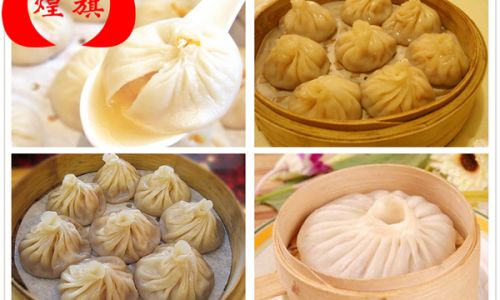
-
Baking Powder (Optional): A small amount of baking powder can be added to give the wrappers a slight lift and a softer texture when steamed. However, this is optional and should be used sparingly to avoid altering the traditional texture too much.
-
Oil: A tiny bit of oil can be incorporated into the dough to prevent sticking and to add a touch of richness to the final product.
Preparation: The Journey Begins
-
Measuring and Mixing: Begin by measuring the flour and salt accurately. In a large mixing bowl, create a well in the center of the flour and pour in most of the water, reserving a small amount for adjustment. Gradually incorporate the flour into the water, mixing with chopsticks or a fork until a shaggy dough forms.
-
Kneading: Transfer the dough onto a lightly floured surface and knead for about 10 minutes. The goal is to develop the gluten, which will make the dough smooth, elastic, and less sticky. If the dough feels too dry, add a little more water; if too wet, sprinkle with a bit more flour.
-
Resting: Once the dough is smooth and elastic, cover it with a damp cloth or plastic wrap to prevent it from drying out. Allow the dough to rest for at least 30 minutes. This resting period allows the gluten to relax, making the dough easier to roll out thinly without breaking.
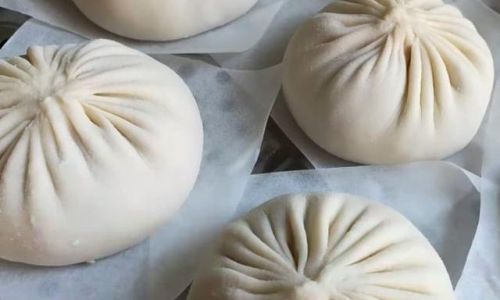
Rolling Out the Wrappers: A Fine Art
-
Dividing and Shaping: After resting, divide the dough into two equal portions. Work with one portion while keeping the other covered to prevent drying. Roll the dough into a log about 1 inch in diameter, then cut it into small pieces, each about 1/2 inch thick. These pieces will be the individual wrappers.
-
Flattening: Lightly dust each piece with flour and flatten it slightly with your palm. Using a rolling pin, start rolling from the center outwards, rotating the dough frequently to ensure it rolls into a perfect circle. The key is to apply even pressure and roll gently to avoid tearing the dough. Aim for wrappers that are about 3-4 inches in diameter and as thin as possible without breaking.
-
Handling: Place each rolled-out wrapper on a lightly floured surface or parchment paper to prevent sticking. If you’re not immediately using them, cover them with a damp cloth to keep them from drying out.
Filling and Sealing: The Final Act of Craftsmanship
-
Preparing the Filling: While the wrappers are being prepared, the filling should be ready. Traditional Yangzhou soup dumpling fillings often include pork, chicken, or shrimp, mixed with a gelatinous broth that solidifies when chilled but melts into a hot, flavorful soup upon steaming. The filling is seasoned with soy sauce, ginger, garlic, sesame oil, and other spices to taste.
-
Adding the Soup: One of the most challenging aspects of making Yangzhou soup dumplings is incorporating the soup. This is usually done by freezing a small amount of broth in small balls or using a special technique to encapsulate the liquid within the filling without leakage.

-
Assembling: Place a small spoonful of filling in the center of each wrapper. Carefully fold the wrapper in half, pinching the edges together to seal tightly. To create the classic pleated look, use your fingers to make small folds along the edge, ensuring no gaps remain that could allow the soup to escape.
Steaming: The Culmination of Effort
-
Setting Up the Steamer: Fill a bamboo or metal steamer with water and bring it to a boil. Bamboo steamers are preferred for their ability to evenly distribute heat and infuse the dumplings with a subtle, earthy flavor. Line the steamer baskets with parchment paper or banana leaves to prevent sticking.
-
Arranging the Dumplings: Place the assembled dumplings in the steamer basket, ensuring they are not overcrowded. This allows for even steaming and prevents the dumplings from sticking to each other.
-
Steaming: Cover the steamer and steam the dumplings for about 10-12 minutes, depending on their size. The key is to steam them until the wrappers are translucent and the filling is cooked through. Be careful not to oversteam, as this can make the wrappers soggy.
Serving: The Moment of Truth
-
Presentation: Carefully remove the steamed dumplings from the steamer and arrange them on a serving plate. Garnish with chopped scallions, sesame seeds, or a drizzle of soy sauce for added flavor and presentation.
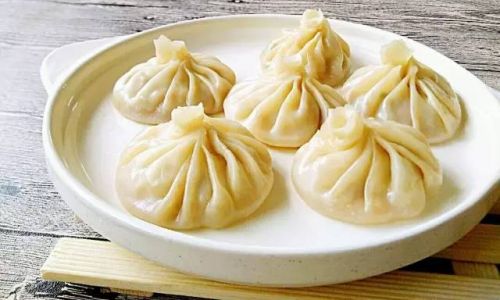
-
Enjoying: Serve immediately while hot. To eat, gently bite off a small corner of the wrapper to release the steam and hot soup, then sip the soup before enjoying the rest of the dumpling.
Conclusion: A Culinary Journey
Making Yangzhou soup dumplings is a labor of love that requires precision, patience, and a deep respect for culinary tradition. The wrappers, though seemingly simple, are the backbone of these delicate morsels, encapsulating the essence of Yangzhou’s culinary heritage. By following the steps outlined in this article, you can bring the magic of Yangzhou soup dumplings into your kitchen, delighting friends and family with a culinary experience that transcends time and space. Remember, the true art of making Yangzhou soup dumplings lies not just in the recipe but in the heart and soul poured into each and every wrapper.


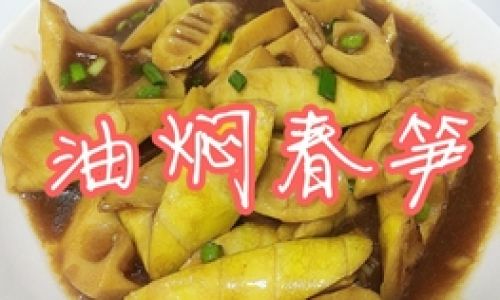
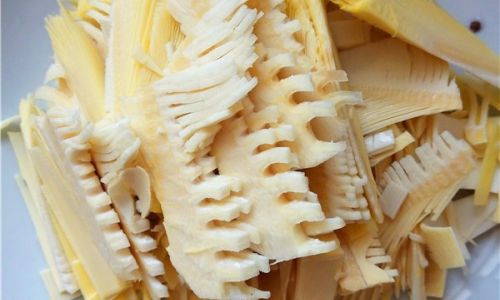
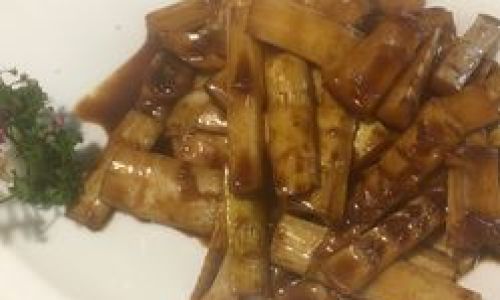
0 comments